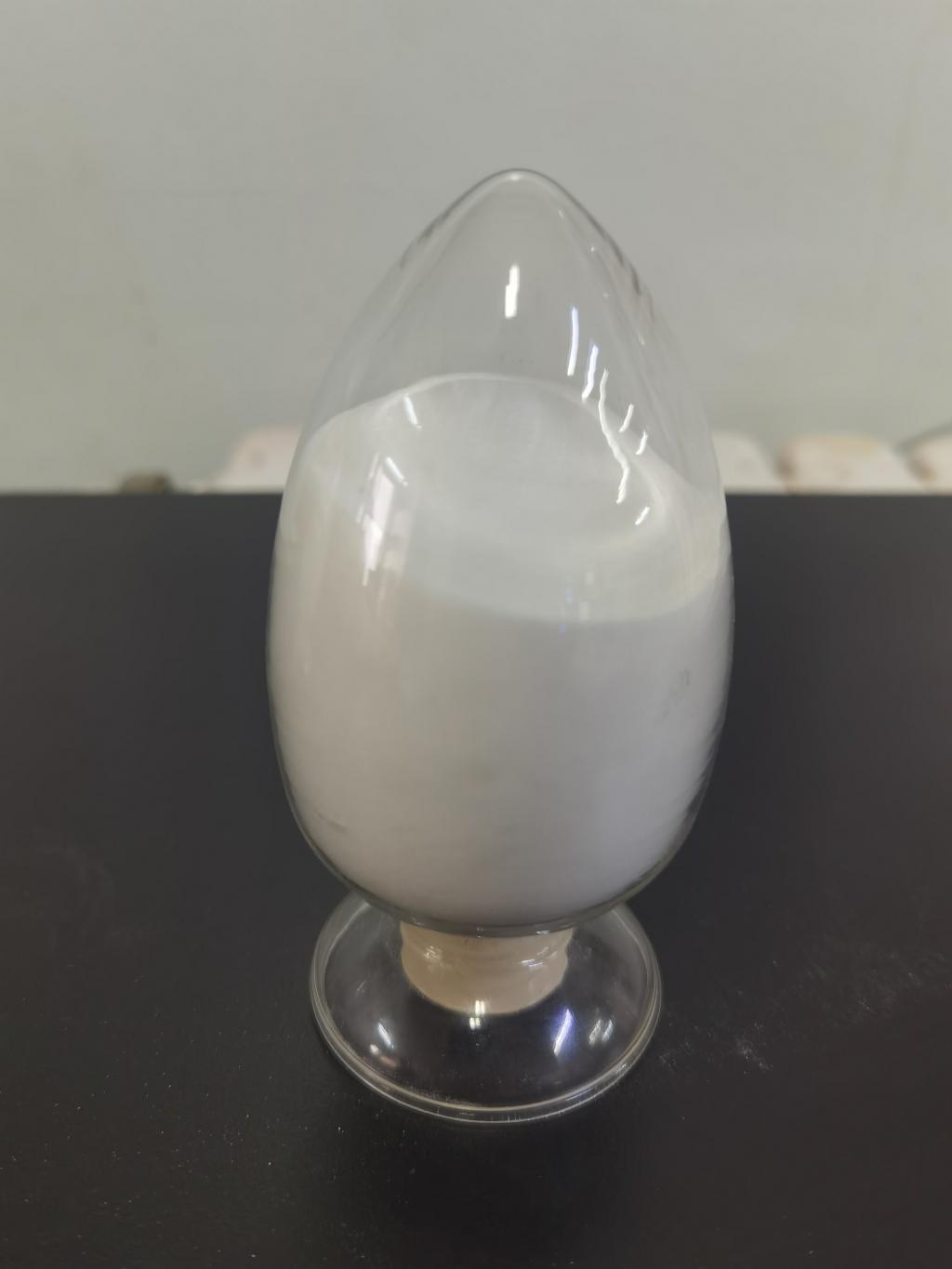Tel:0086 18231198596

News
ε-Polylysine Hydrochloride Product's Contribution to Minimizing Foodborne Illness Incidents.
TIME:2023-10-17
The Prevalence of Foodborne Illnesses
Foodborne illnesses, often caused by the consumption of contaminated or unsafe food, represent a pervasive global health issue. These illnesses manifest with a range of symptoms, from mild gastrointestinal discomfort to severe conditions that can be life-threatening. The World Health Organization (WHO) estimates that nearly 600 million people worldwide fall ill, and 420,000 die annually due to foodborne diseases, with the highest burden in low- and middle-income countries.
Common sources of foodborne pathogens include bacteria (e.g., Salmonella, Escherichia coli), viruses (e.g., norovirus, hepatitis A), parasites (e.g., Giardia), and chemical contaminants (e.g., aflatoxins). The prevention of foodborne illnesses requires multifaceted approaches at various stages of the food supply chain, from production to consumption.
The Role of ε-Polylysine Hydrochloride
ε-Polylysine hydrochloride, often referred to as ε-Polylysine, is a natural antimicrobial agent derived from bacteria. Its unique properties make it a valuable contributor to minimizing foodborne illness incidents:
Broad-Spectrum Antimicrobial Activity: ε-Polylysine is effective against a wide range of microorganisms, including Gram-positive bacteria, Gram-negative bacteria, and fungi. Its antimicrobial properties make it a powerful tool in preventing the growth and proliferation of foodborne pathogens.
Biodegradability: ε-Polylysine is biodegradable, which means it can break down naturally into non-toxic components. This property aligns with sustainability goals and minimizes any long-term environmental impact.
Clean Labeling: As a natural preservative, ε-Polylysine enhances food safety without relying on synthetic chemicals or additives, meeting the demands of clean label products and promoting transparency in food labeling.
Extended Shelf Life: By inhibiting the growth of spoilage microorganisms, ε-Polylysine can extend the shelf life of food products, reducing food waste and the potential for contamination over time.
Sensory Impact: ε-Polylysine has a minimal impact on the sensory attributes of food products, preserving their taste, texture, and overall quality.
Contributions to Minimizing Foodborne Illness Incidents
ε-Polylysine hydrochloride contributes to minimizing foodborne illness incidents in several key ways:
Microbial Control: ε-Polylysine's antimicrobial properties inhibit the growth of foodborne pathogens, such as Salmonella and Listeria. By preventing their proliferation, it reduces the risk of contamination and illness.
Reduction of Spoilage Microorganisms: The preservation of food products with ε-Polylysine also limits the growth of spoilage microorganisms. This extends the shelf life of food items, reducing the likelihood of consumers consuming spoiled or contaminated products.
Clean Label Food Preservation: The use of ε-Polylysine enables clean label food preservation, reducing the need for synthetic chemical preservatives, which can pose health and environmental risks.
Safer Food Storage and Transportation: By reducing microbial growth, ε-Polylysine contributes to safer food storage and transportation practices, particularly in regions with limited refrigeration or poor infrastructure.
Sustainable Food Production: The adoption of ε-Polylysine as a natural antimicrobial agent in food production aligns with sustainability goals, promoting eco-friendly practices and minimizing resource-intensive preservation methods.
Case Studies: ε-Polylysine's Impact on Food Safety
To illustrate the practical application of ε-Polylysine in minimizing foodborne illness incidents, let's explore some real-world case studies:
Poultry Processing: In the poultry industry, ε-Polylysine is used to inhibit the growth of Salmonella and Campylobacter, common foodborne pathogens associated with poultry products. Its inclusion in processing reduces the risk of contamination and subsequent foodborne illnesses.
Dairy Products: ε-Polylysine has been employed to extend the shelf life of dairy products such as yogurt and cheese. By inhibiting spoilage microorganisms, ε-Polylysine contributes to safer and longer-lasting dairy products.
Ready-to-Eat Meals: In the ready-to-eat meal sector, ε-Polylysine is used to enhance food safety by preventing the growth of foodborne pathogens. This application is especially important in products that do not undergo further cooking.
Fresh Produce: ε-Polylysine is applied to fresh produce to inhibit microbial contamination. This is valuable for reducing the risk of foodborne illnesses associated with fruits and vegetables.
Challenges and Considerations
While ε-Polylysine's role in minimizing foodborne illness incidents is promising, several challenges and considerations should be acknowledged:
Regulatory Approval: The use of ε-Polylysine in food products may require regulatory approval in some regions. Streamlining this approval process is essential for its widespread adoption.
Consumer Awareness: Educating consumers about the benefits of ε-Polylysine in food safety without raising concerns about its use is vital. Transparent labeling and information can help address this challenge.
Collaboration: Collaborative efforts between the food industry, research institutions, and regulatory authorities are crucial to develop and promote ε-Polylysine-based food safety practices.
Global Adoption: Promoting ε-Polylysine's use in both developed and developing regions is necessary to maximize its impact on minimizing foodborne illness incidents. Efforts should be made to ensure accessibility and affordability in various contexts.
Conclusion
ε-Polylysine hydrochloride's contribution to minimizing foodborne illness incidents is a testament to its potential as a natural and effective antimicrobial agent. By inhibiting the growth of foodborne pathogens and spoilage microorganisms, ε-Polylysine enhances food safety, extends the shelf life of food products, and reduces the risk of contamination and illness.
Collaboration among food producers, research institutions, and regulatory authorities is essential to maximize the potential of ε-Polylysine in promoting food safety and minimizing foodborne illness incidents. As the global community grapples with the challenges of providing safe and nutritious food to a growing population, ε-Polylysine emerges as a valuable ally in achieving a healthier and more secure food system for all. Its multifaceted contributions to minimizing foodborne illness incidents offer a promising path forward in addressing the complex challenges of food safety and public health.

 CONTACT
CONTACT




